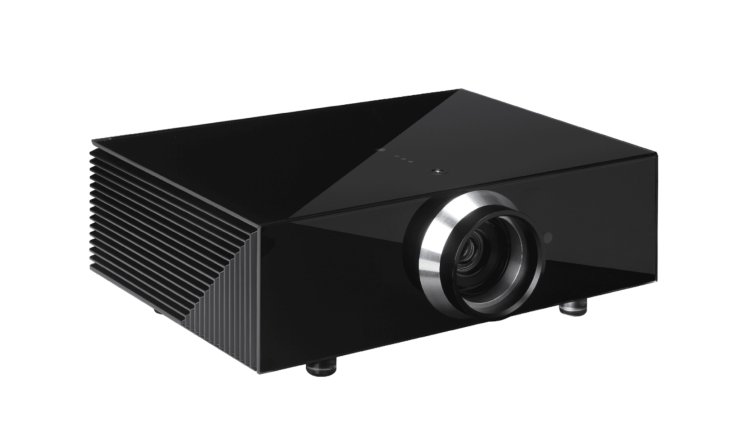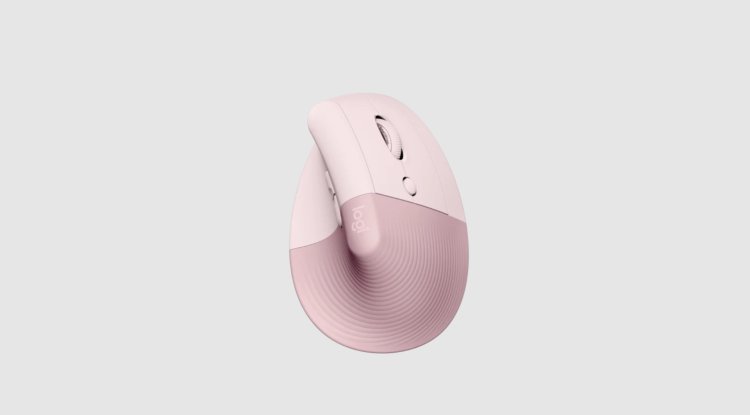SIM2 Crystal4 Superhybrid Projector

The Crystal4 Superhybrid is a true gem in the best sense of the word: Italian design art that is not designed to be hidden in a dark cinema cave. The front, back, and top are all made of genuine, cut crystal glass, and the entire thing floats on acrylic feet. A crystal glass tailgate conceals even the connectors.
When touched, the ribs on the sides reveal themselves to be plastic, however, this is not visible. The connections are hidden beneath the cover, and there is a slit at the bottom (or top if you hang the projector from the ceiling) to discharge all cables invisibly.
It is critical that the wires are not overly stiff or contain large plugs. Otherwise, everything is superbly sturdy: solid furniture hinges guide and support the weighty glass back, which incorporates an infrared receiver.
The zoom lens is held in place by a strong steel cone that is designed to keep out stray light via a short, dark tunnel. It looks pretty nice, but when using manual focus, it has the drawback of partially covering the image you want to concentrate on with your hand. The reason for this is that, depending on the zoom level, you must reach far into the tunnel to turn the focus ring.
The procedure itself is as smooth as butter, similar to that of a high-end camera. The zoom lever, which is recessed below the lens at the bottom of the housing and controls the image size, is less complicated but simplified. The 1.6x zoom provides some leeway, but not as much as LCD peers are used to. But in the LCD camp, there isn't a single one with such a noble design.
A countersunk Allen screw in the housing cover, on the other hand, regulates the lens shift. SIM2 comes with a matching key – exactly like the gloves – so you can position or hang up the gleaming housing without leaving fingerprints.
With the given adjustment options, the projector can be set up to be 1.4 to 2.24 times as far away from the screen as it is broad (16:9 format). The vertical position of the projector can be adjusted by a lens shift screw by up to 15% of the image height, allowing it to be hung slightly above the screen or put on a table underneath.
The inner values: As is customary for SIM2, a totally digital DLP heart performs this function. To create all 3840 x 2160 pixels, a 0.66-inch DMD mirror chip and an E-Shift mimic are used, as is standard with UHD resolution today.
This is even conceivable in Full-HD at up to 120 frames per second, and in 4K at 60. The images are projected using pure glass optics in a pin-sharp way to ensure that the full DLP-typical in-image contrast also appears on the screen.
The light source is the eponymous super hybrid laser. This accomplishes its purpose by liquid cooling. The laser directs pure blue (453nm) light onto the screen while simultaneously stimulating a yellow phosphor to glow, the light from which is broken down into the other main hues red and green.
There is little difference between the light primary colors, as connoisseurs can already see from the spectrum. As a result, the spectrograph reveals the engineers' intention to cut the display for brightness rather than maximal color space.
That's a good thing, because in the living room - the natural location for this designer piece - a certain amount of scattered and ambient light is always to be expected, and you can only get at it with more light. The "crystal chandelier" emits up to 3,600 lumens and is thus noticeably brighter than the majority of its competitors.
The SIM2 projectors, like other manufacturers' living room projectors, are trimmed to maximum brightness during development and factory calibration, particularly those of the so-called laser TVs (i.e. extra-bright ultra-short-throw projectors). As a result of using standard measuring procedures under completely black laboratory settings, the measurement results are neither standard nor truly comparable.
If hanging up, the sturdy crystal glass back can be folded up or swiveled down, as previously indicated. Below it, on the sides, are the menu buttons and – deeply sunk – the connections. There is an HDMI 2.0 input with MHL, an HDMI connection that conforms to the 1.4 specifications, and a VGA port here.
A USB power connection was also considered in order to power a fiber optic HDMI receiver, for example. Firmware upgrades are performed using the second USB socket. Of course, the standard connections for 12V trigger, LAN, and RS-232 are there.
Perhaps it's because of the proximity to Murano's glass manufacturers, which aren't far from SIM2 Multimedia in Pordenone: making a projector out of crystal glass would probably not occur to the technically minded Japanese. The Italians have a keen sense of aesthetics. As a result, the SIM2 Crystal4 Superhybrid is impossible to compare to the competition's plastic monotony.





























